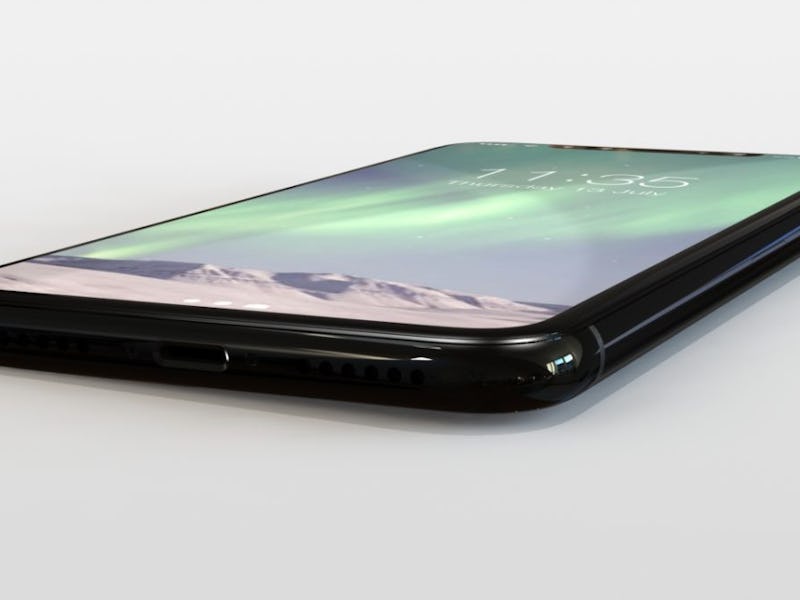Developer Finds Apple iPhone 8 Secrets
Apple probably didn't expect this to happen.

It seems as if Apple is leaking its own iPhone.
That’s the emerging picture as developers navigate the recently released firmware for the HomePod, Apple’s smart speaker that comes out in December.
Apple released the HomePod operating system on its website late last week to give private developers time to make apps for the Apple device that will compete with Amazon Echo and Google Home but use Siri and sound really, really good. If Apple wanted to keep news about the iPhone 8 to a minimum, it faced a tough decision in releasing the HomePod operating system, which includes heavy references to an iPhone that hasn’t even launched yet.
A number of developers, including Steve Troughton-Smith and Guilherme Rambo, have discovered hints that suggest previous iPhone 8 leaks are accurate. The next iPhone, expected to launch this fall, has been rumored to include a 5.8-inch OLED display on a device the same size as the 4.7-inch iPhone, with a virtual home button and face detection system.
Apple’s leak appears to confirm all of this and more. Here’s what we learned:
That design is probably real
The phone is expected to use a non-square screen shape that extends to the far edges of the phone, with a cutout for the camera, sensors, and speaker. This was confirmed by a design discovered in the HomePod software.
This matches with previous leaked designs.
It will have a face scanner
Last month, a report suggested that the next iPhone would use a 3D face scanner to unlock the device and check the user’s identification, possibly with or without a fingerprint scanner as a backup system. This appears to have been confirmed by Troughton-Smith, who said that it appears to developers as a system called “BiometricKit.” If the previous report is accurate, this will use multiple sensors to gather depth information so the scanner isn’t fooled by a flat picture.
That face scanner could support augmented reality
The HomePod software also suggests Apple may be planning something more with the scanner. References to ARKit, Apple’s augmented reality software, and facial expressions suggest there could be some face detection functionality available for developers to tap into.
It will have a virtual home button … but it won’t be called that
The software makes reference to a “home indicator,” suggesting this could be the new name for the feature. It also seems the software has no issue with hiding the home indicator when necessary. This is both good and bad: good, because it means more screen space for watching movies and the like, but bad in that for the past 10 years the home button has been a dependable way of leaving the current application and returning to the home screen in an instant.
It may support a dock
The keyboard now contains references to a “dock” user interface. This could move some user interface elements into the space next to the home indicator. This is not entirely out of left field, as KGI Securities analyst Ming-Chi Kuo predicted this back in February. This would avoid the lower region of the screen going to waste, and it could improve reachability.
It won’t have a fingerprint scanner
Although previous leaks suggested Apple was working to place a fingerprint scanner underneath the screen, allowing the company to hide the home button without sacrificing security, it seems the HomePod software contains no references to even suggest this is likely.
It could support “tap to wake”
This is a feature found on the Windows Phone and some Android devices. Rather than using the home or power buttons to wake the device, users tap the dark screen twice to re-awaken. This would solve the issue of how users can switch their phone on using the home button if the home button is now virtual.
It will have a split status bar
Previous speculation suggested the status bar along the top would split, displaying either side of the camera cutout. That appears to be accurate, with the “UIStatusBar” (the technical term for the feature) now supporting a “split” mode. Troughton-Smith also suggested the new status bar is far more complex, leading to speculation that Apple may have something interesting up its sleeve.